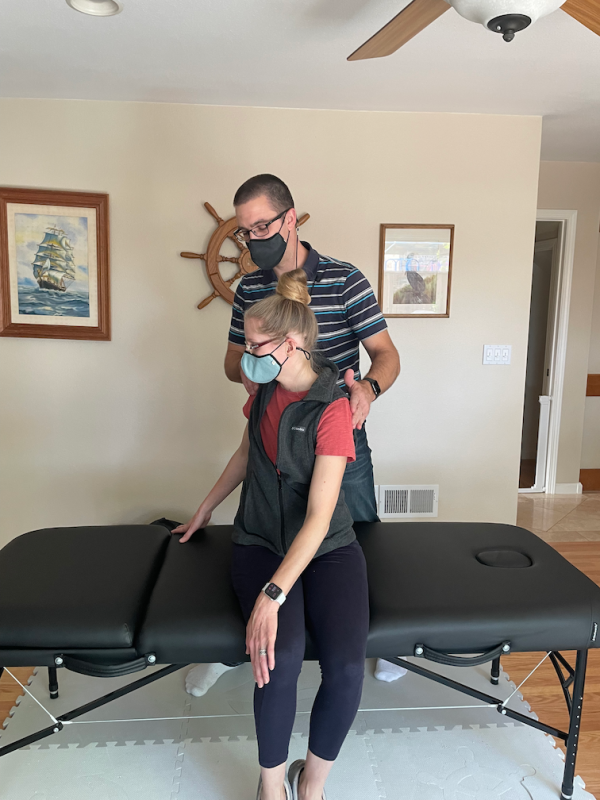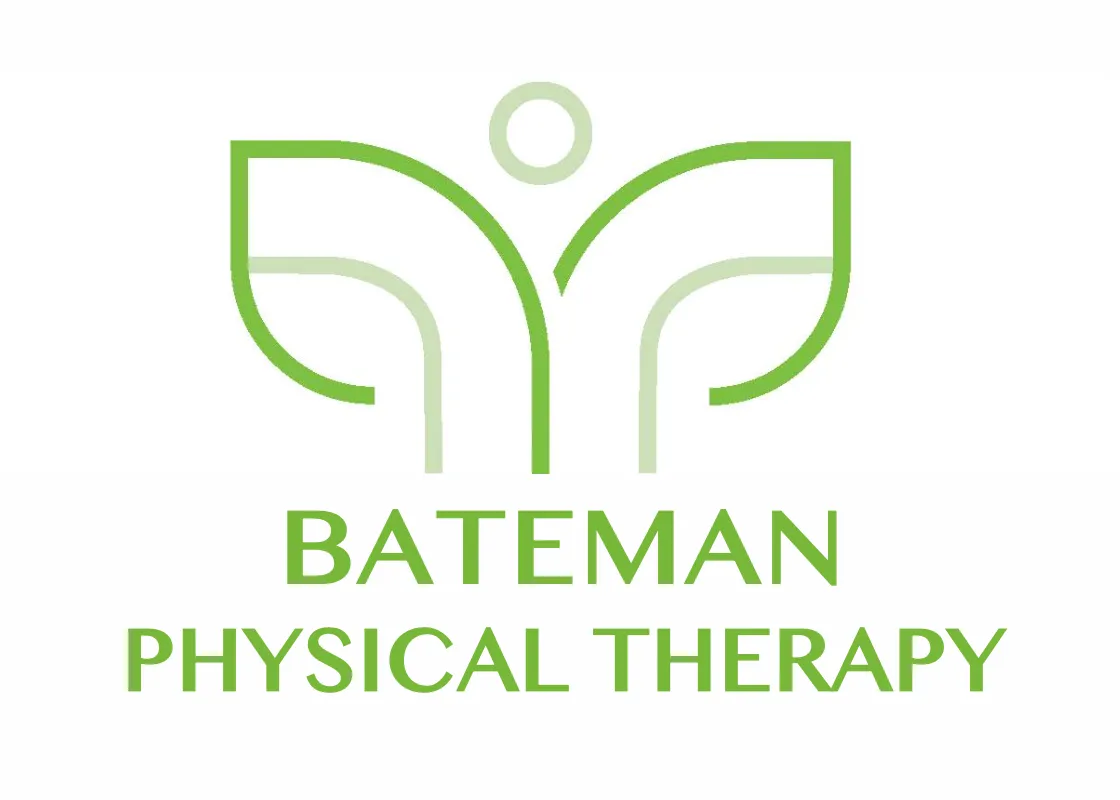Have you had pain in your low back for months or years that doesn’t seem to subside? Maybe you lifted something too heavy and are now in so much pain that you’re bedridden? We are going to talk about both of these types of pain, and everything in between. We will go over your symptoms, common low back injuries, and the difference between acute and persistent low back pain. Then, we will tell you what you can expect working with a physical therapist for your back pain.
Let’s start!
THE 3 MOST COMMON LOW BACK INJURIES:
1. SPRAIN/STRAIN
- Most commonly involves the ligaments and muscles of the low back (posterior)
- Moving forward places more tension on the posterior areas of the low back and can create pain
- Examples include: bending over, getting up from low chairs to stand
- Prefers to move in an upright position or what we call “extension” of the lumbar spine
- If this is the only injury in the low back you won’t see tingling or burning down the posterior thigh
- These above symptoms are most commonly associated with sciatica
2. DISC INJURY
- There are many different types of disc injury but the most common include the discs at the bottom of the lumbar spine at L5 to S1 (L for lumbar and S for Sacrum) and the majority of people ages 40-50 already have changes to their disc due to normal wear and tear
- Changes in disc height are normal as we age
- Individual will prefer doing things to “off load” the discs (aka increase space to place less pressure on the disc)
- Examples include: walking in the pool and getting “traction” at therapy
- Complaints of pain across the low back
- There are also 3 types of Disc Injuries
3 TYPES OF DISC INJURIES:
1. Protrusion: changes in the internal structure of the disc (fluid).
2. Extrusion: changes in the outer wall of the disc (annulus).
3. Sequestration: movement of fluid inside disc moving outside of the disc because of a disruption in the annulus.
3. SPINAL STENOSIS
- Narrowing of the canal where the nerves exit the spinal cord
- Typically due to changes in the disc, potential genetic variations in the spine, and changes in the bone (vertebrae)
- The nerve may be impacted, so you could experience numbness, tingling, burning, etc.
- Moving forward (or “flexion” of back) will create more space in the openings where the nerves exit the spinal cord in this condition and alleviate pain
- Prefers being in a “flexed” position
WHY DOES ALL THIS MATTER?
Getting the anatomy memorized isn’t necessary here. Getting familiar with back terms, however, can be helpful when you enter the doctor’s office or look at the radiologic report after imaging. It can also help you recognize back signs and symptoms specific to you and the ability to better relay that information to healthcare providers. It is important to be as educated as you reasonably can about your back pain because it can help in your recovery.
UNDERSTANDING ACUTE VS. CHRONIC PAIN
When an injury occurs, the stress hormone, cortisol, is released. Its purpose is to elicit an adaptive “fight or flight” response, move and reserve glucose in the body for energy, and inhibit pain. This release of cortisol may also make you more sensitive to future injuries in order to avoid future threats. Conversely, during an event that does not injure the body, but creates a stress response, such as in public speaking, cortisol can intensify the stressor and create fear causing you to avoid that event in the event.
It’s important to note when an acute event that is “adaptive” in nature becomes persistent or “maladaptive”. Take for example someone who is lifting weights and experiences a pop in their low back. This would be considered an acute injury, and an adaptive stress response would follow. After a certain amount of time, proper management and treatment of the injury, the body should no longer perceive the back pain as a threat. When pain becomes “maladaptive”, the brain interprets all movement as a threat, there is a persistent release of cortisol, an increase in inflammation, and an interpretation of pain despite there being no event that injured the body. The brain has stored this information as a threat, and pain is perceived and felt.

A LOW BACK PAIN PATIENT RECOVERY STORY
Mrs. B (name changed for privacy) is a 34 year old mom of two girls (7 and 3) who had a history of back pain that troubled her for several years. Mrs. B came to me initially for help because her pain was so bad that she was bed ridden for several days. This was not the first time this had happened to Mrs. B. This exact same scenario had played out several times earlier in the same year.
Eventually Mrs. B’s pain would subside and she could get back to being a mom again but the fact that this kept happening over and over again…it was starting to wear on her. How could she be there to support and play with her kids if she was constantly battling her back pain from doing the simplest of things?
Mrs. B had had enough and needed to do SOMETHING to get this back pain under control.
MRS. B’S PATH TO RECOVERY
During the first few days, our focus was on teaching her pain management strategies to ensure that she could avoid taking narcotic medications. I also provided guidance on movements that would either aggravate or ease her symptoms and reassurance that her pain would quickly improve so she could get back to being a mom.
As her pain improved to the point where she could tolerate getting out of bed and moving around her home, I continued to offer guidance on activities that she could perform that would not provoke her pain and things she should avoid to prevent any setbacks. One such provoking activity was vacuuming, which consistently resulted in increased pain any time she tried to perform the activity before her back was ready for it.
Mrs. B regained some mobility, but was terrified of doing anything that might cause a flare up. For reference, this is typically where most patients are discharged from in-network physical therapy clinics. This is because progress slows down and insurance companies refuse to pay for additional care. This is precisely when we shifted her plan of care to focus on preventing future flare ups and injuries by building her core strength.
Mrs. B is several months into her recovery is no longer suffering from the debilitating back pain episodes that once tormented her. Now, Mrs. B is able to walk her daughter to school (1 mile each way) and play with both her kids on the floor without flaring her back. She is finally getting to be the mom she has always wanted and knew she could be.

HOW PHYSICAL THERAPY (PT) CAN HELP
Physical Therapists are gatekeepers to healthcare. Not in the way a primary care physician operates, but in tying together all the pieces that impact your musculoskeletal system. We have a firm understanding on how stressors impact this system, and how to appropriately guide and educate you through movements that will push you forward without overdoing it.
The number one take away I can give for low back pain is to keep moving as best as you can. As PTs, we can help you do just that and take you step by step, encouraging and reassuring you that your back pain can improve.
CONCLUSION
Are you experiencing back pain? The number one takeaway for low back pain is to keep moving as best as you can. If you cannot or are scared to, please reach out to us at Bateman Therapy services. Regardless of the cause of your pain, we have seen it all. Beginning at our initial visit, and continuing even after you “graduate” from physical therapy, you will have a partner in your recovery and an advocate for your health.
If you didn’t see your symptoms or back injuries and have additional questions, reach out to Dr. Bateman using the button below. He will be happy to help you schedule your appointment for an assessment.
WHY BATEMAN THERAPY SERVICES?
At Bateman Therapy Services, we bring the clinic to you! Bateman Therapy Services provides a convenient, customized therapy regimen at your home or office. We treat all conditions that result from overuse as well as back pain, sciatica, labral tears, arthritis, and more.
For convenient 1 on 1 medical care completely focused on your recovery and enhancing your performance. We travel to Livermore, Pleasanton, Dublin, San Ramon, and more! Contact us to find out how we can bring customized relief to you.



